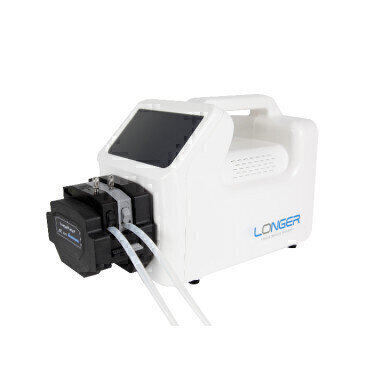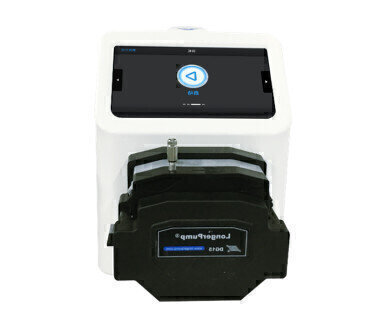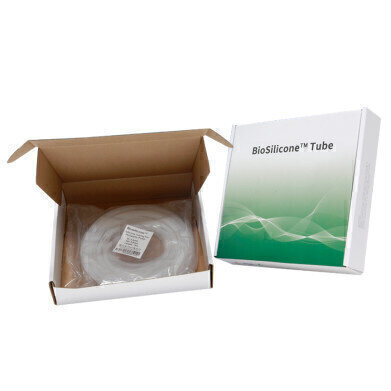Water/Wastewater
Using The Pump Supplier as a Technical Resource
May 11 2021
There are a number of parameters that need to be considered when selecting the right peristaltic pump for application-specific processes. Factors such as duty cycle, flow rate, intermittent and/or constant pressures, tubing, product media, temperature limitations, cleaning [CIP or SIP], the impact of possible contamination and maintenance needs are all aspects that require consideration. Fortunately we here at PCT have the expertise and the passion to help.
Duty cycles are important when selecting a peristaltic pump. If the process requires fluid transfer for extended time periods then the flow rate per minute or per hour must be taken into account. This flowrate is governed by the revolutions per minute of the rollers acting upon the tubing. By combining the rpm and the inner diameter (ID) of the tube it is possible to calculate the volume being displaced. Knowing the variation in the rpm setting and capability for various tube sizes will dictate the maximum and minimum flow rate capability for any given pump. It is, however, preferable to minimise the rpm wherever possible as friction affects do degrade the tubing over time and the higher the speed the faster the tubing needs replacing. Furthermore, factors like the viscosity of the liquid, the temperature and the pressure will affect overall performance and tube life.
Most performance curves are based on water-like substances and flooded suction, the higher the viscosity the higher the resistance which reduces the flow rates and accuracy. Having the capability to achieve accurate calibration to control precise flow rates requires the calculation of the fluid coefficient, density, weight and volume. Importantly, real world performance can be enhanced by selecting a pump that includes these functions.
Peristaltic pumps are capable of high suction lifts, but if the viscosity exceeds 2000cPs, the suction line diameter should be increased. Another good “rule of thumb” is to keep the suction line as short as possible.
Fortunately peristaltic pumps do not require much maintenance. Servicing requirements, such as between batches or at the end of a production run, only involve tube cleaning or perhaps tube replacement as only the internal bore has come into contact with the product. Quality tubing as supplied by PCT has extended life and can be cleaned and re-sterilised multiple times.
Understanding all of these parameters can be complex and time-consuming, however, there is another way ………… Please contact us so that we may develop a fluid transfer system that meets all your technical requirements, on budget and on time. It is easy as we are here to help.
Digital Edition
IET 34.2 March 2024
April 2024
Gas Detection - Biogas batch fermentation system for laboratory use with automatic gas analysis in real time Water/Wastewater - Upcycling sensors for sustainable nature management - Prist...
View all digital editions
Events
Apr 22 2024 Hannover, Germany
Apr 22 2024 Marrakech, Morroco
Apr 23 2024 Kuala Lumpur, Malaysia
Apr 23 2024 Kintex, South Korea
Apr 23 2024 Edmonton, AB, Canada




















